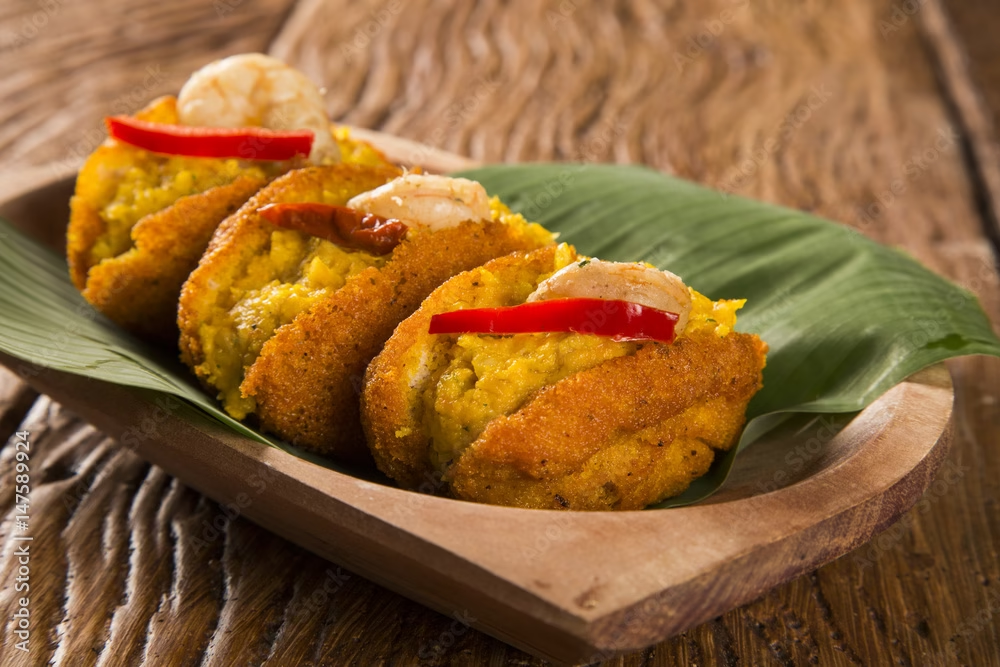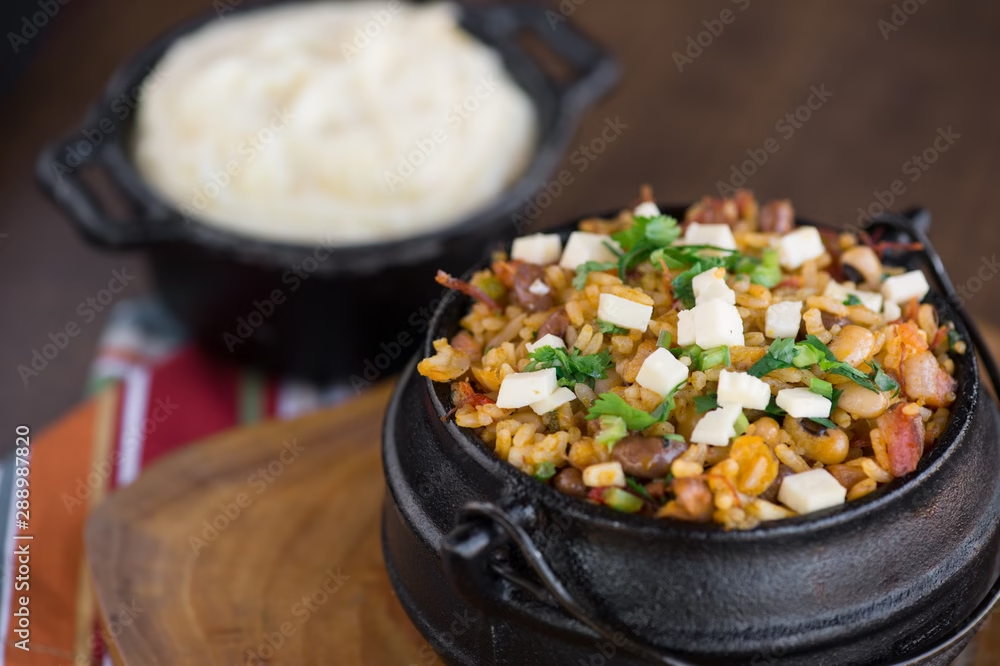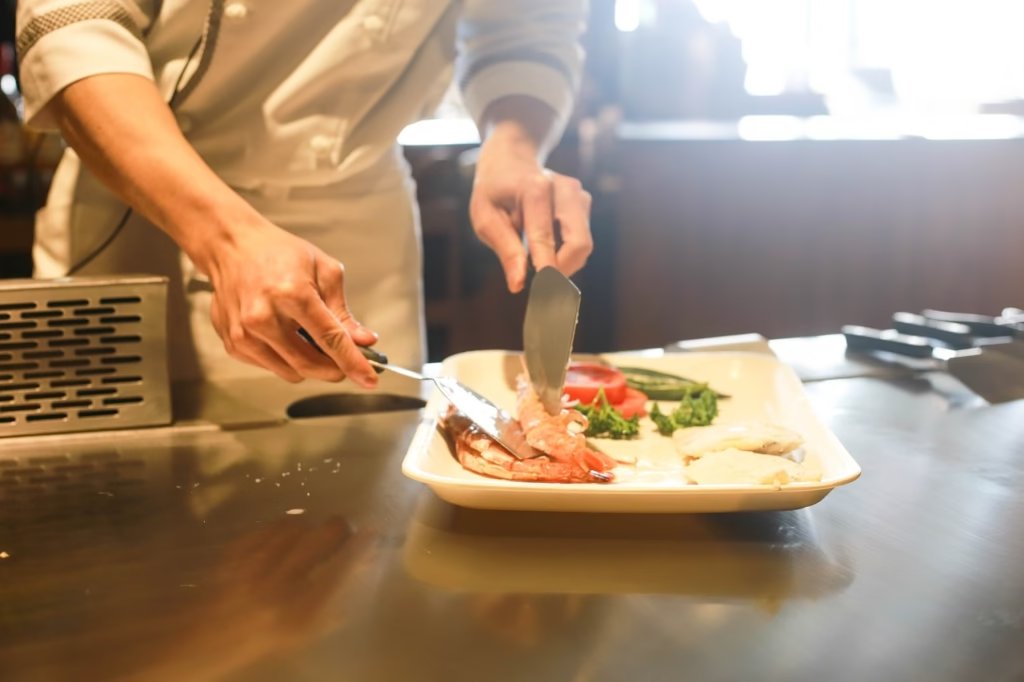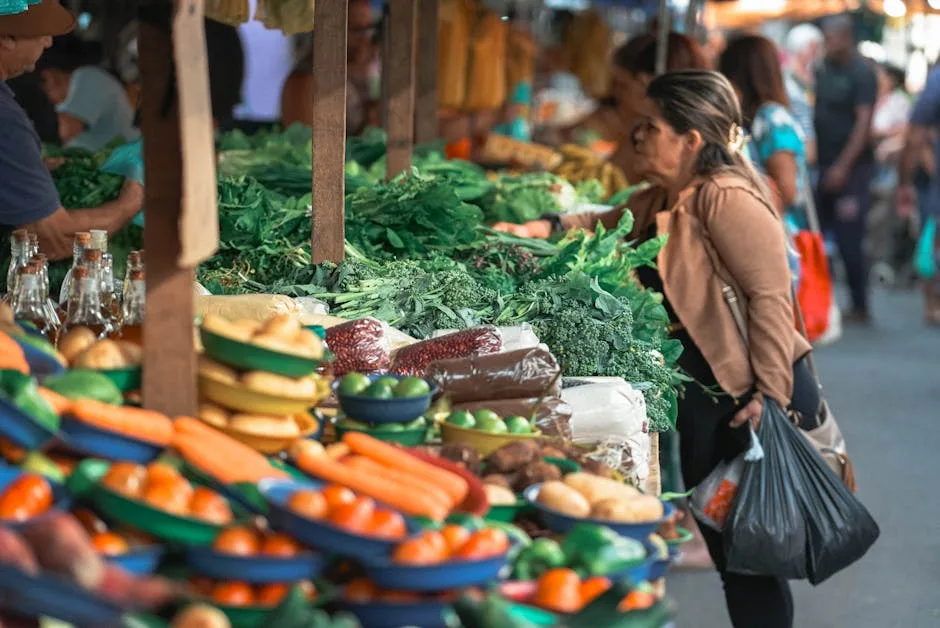Northeastern Brazil is renowned for its vibrant and diverse culinary landscape, reflecting a complex interplay of cultural influences stemming from Indigenous, African, and Portuguese traditions. This rich tapestry of influences shapes not only the ingredients but also the cooking techniques and flavor profiles that characterize the region’s dishes. The Indigenous peoples of Brazil introduced a myriad of native ingredients, such as manioc and a variety of fruits, which remain staples in the local diet. African traditions brought about the use of techniques such as stewing and deep frying, as well as the incorporation of spices that provide depth and vibrancy to the cuisine.
The Portuguese colonizers, on the other hand, contributed significantly to the region’s cooking practices through their culinary knowledge, particularly in baking and the preparation of sweets. This blending of cultural heritages has fostered a unique gastronomic identity that is both distinct and appealing. Additionally, the unique climate and fertile soil of Northeastern Brazil play a crucial role in the types of agricultural products that flourish in the region, such as corn, beans, and various tropical fruits, all of which are integral to traditional Northeastern dishes.
Food holds a significant place in Brazilian culture, serving as a means of celebration, community bonding, and national identity. The culinary traditions of Northeastern Brazil are particularly important as they showcase the region’s historical roots and its ongoing evolution. By exploring the typical foods from this area, tourists can gain insights into the local way of life, understand regional customs, and appreciate the rich flavors that form the essence of Northeastern Brazilian cuisine. As we delve into the specific dishes that exemplify this unique culinary heritage, it becomes apparent that each plate tells a story steeped in tradition and cultural significance.
Acarajé: The Soul of Bahia

Acarajé is a renowned street food that embodies the culinary essence of Bahia, a northeastern state in Brazil. This dish is made from black-eyed peas, which are soaked, ground into a dough, and shaped into round fritters. The shaped dough is then deep-fried in palm oil until it achieves a crispy, golden exterior, while retaining a soft, fluffy interior. Traditionally, Acarajé is filled with a spiced shrimp mixture, often infused with flavors from various herbs and spices, such as garlic, onions, and dendê oil, creating a unique culinary experience that reflects the cultural roots of Afro-Brazilian heritage.
The cultural significance of Acarajé cannot be overstated. It is not merely a snack or a meal; it is a symbol of the rich cultural fusion that characterizes Bahia. The dish is deeply intertwined with the practices and beliefs of Candomblé, an Afro-Brazilian religion. In many communities, Acarajé is offered as a food of the gods during religious ceremonies, showcasing its importance beyond just culinary enjoyment. This spiritual connection adds another layer of appreciation for those who indulge in this delicious treat.
Tourists seeking to taste authentic Acarajé should venture into the lively streets of Salvador, where the dish is readily available from street vendors. Prominent locations such as the Mercado Modelo and the Pelourinho neighborhood host various stalls, where skilled vendors craft this beloved dish. Visitors can experience not only the flavors but also the vibrant atmosphere surrounding its preparation. Interacting with the vendors brings a sense of community to the experience, making each bite of Acarajé a journey through Bahia’s rich history and culture.
Baião de Dois: A Hearty Rice and Bean Dish

Baião de Dois is a traditional dish that embodies the rich culinary heritage of Northeastern Brazil. This hearty meal is primarily composed of rice and beans, which are staples in the region’s diet. Originating from the rural areas of Northeastern states such as Ceará, Bahia, and Piauí, Baião de Dois reflects a fusion of indigenous and African influences, showcasing the region’s diverse cultural tapestry. It is often enhanced with the addition of cheese, typically a local variety like coalho, alongside various meats such as beef or chicken, which enrich the dish’s flavor profile.
Throughout Northeastern Brazil, Baião de Dois may exhibit several variations. For instance, in Ceará, it is commonly prepared with a more pronounced use of spices, while in Bahia, it may feature a zestier profile with the inclusion of dendê oil, which adds a distinctive taste. These regional variations not only highlight local ingredients but also the unique culinary traditions that characterize each state, making Baião de Dois a versatile dish appreciated by many.
When savoring Baião de Dois, it is essential to consider suitable accompaniments that can elevate the dining experience. Traditionally, it is served alongside a vibrant green salad or sautéed vegetables that provide a refreshing contrast to the richness of the dish. Additionally, a side of farofa, toasted cassava flour, is frequently included to add texture and depth. To complement the meal, a chilled glass of fresh coconut water or a local beer enhances the flavors, creating a delightful balance on the palate.
For tourists eager to taste authentic Baião de Dois, it is best to visit local eateries and markets known for their traditional cuisine. Food stalls and family-run restaurants are often the best places to find this beloved dish, as they typically prepare it with the care and long-standing recipes passed down through generations. Embracing this culinary experience will allow visitors to appreciate not just the flavors but also the cultural significance attached to Baião de Dois in Northeastern Brazil.
Carne de Sol: The Northeast’s Specialty

Carne de Sol, a cherished culinary delight from Northeastern Brazil, showcases the region’s unique approach to meat preservation through sun-drying methods. This traditional dish, often referred to as “sun-dried beef,” is prepared using high-quality cuts of beef, typically from the hindquarters, which are salted and left to dry in the sun. The process not only enhances the meat’s flavor but also extends its shelf life, a vital practice in the region where resources may have been scarce. Once dried, the beef retains a rich, salty flavor, making it a favorite among locals and visitors alike.
The flavor profile of Carne de Sol is robust and slightly tangy, often complemented by the region’s aromatic spices. When cooked, it becomes tender, juicy, and is best enjoyed grilled or fried. Common accompaniments include traditional side dishes such as feijão verde (green beans) and mandioca (cassava), which perfectly balance the meat’s savory richness. The dish is frequently served in festive meals, family gatherings, and local celebrations, where it plays an integral role in bringing people together and fostering community spirit.





